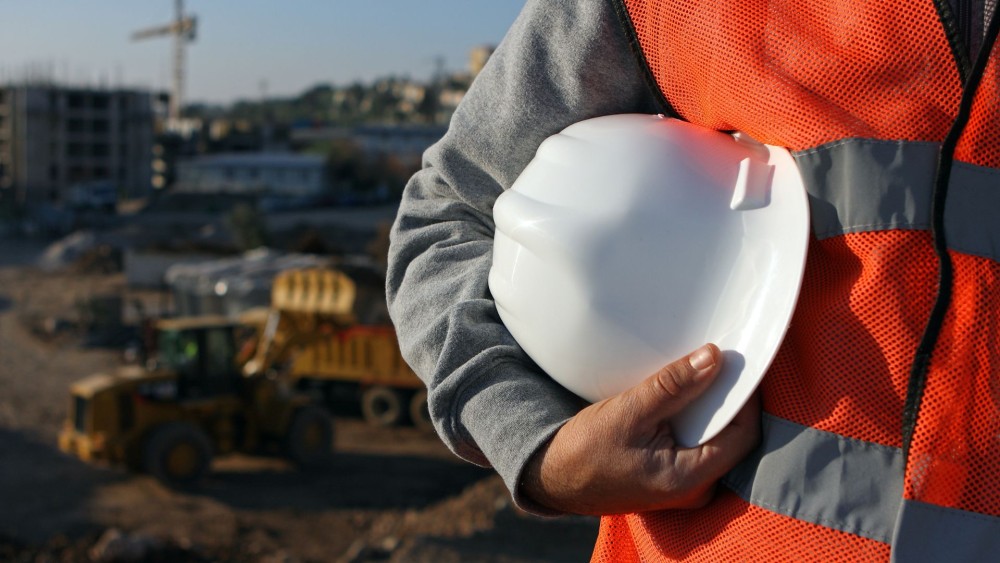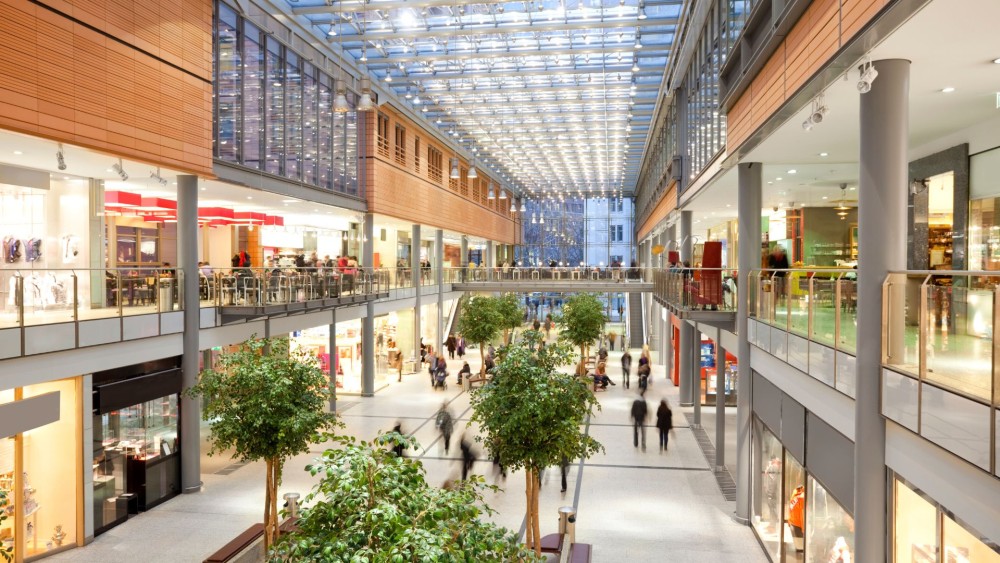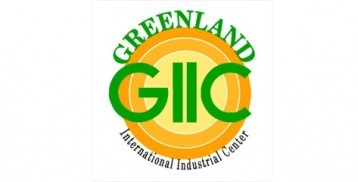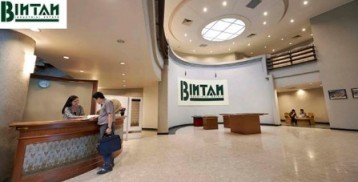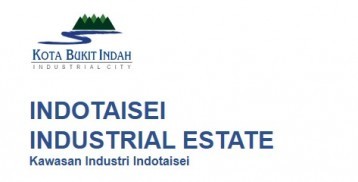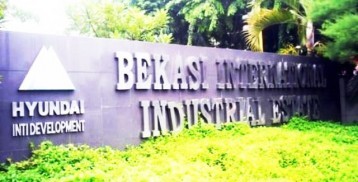Indonesia has massive potential in green housing and data centers
29 Apr 2024
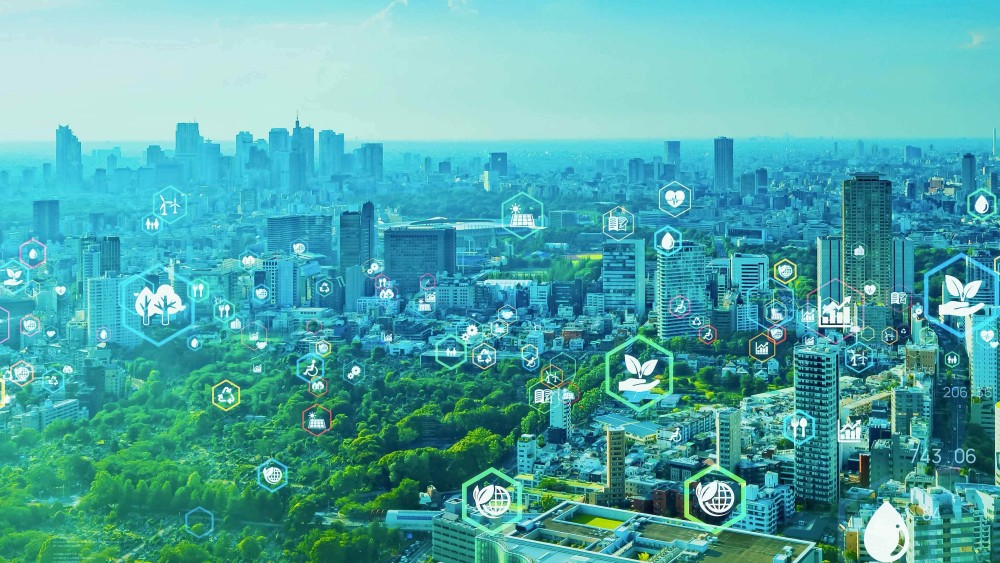
The need for green buildings has increasingly become a defined priority worldwide. According to the Paris-based International Energy Agency, the operations of buildings account for 30% of global energy consumption and 26% of global energy-related emissions. And while direct emissions from the building sector decreased in 2022 compared to the previous year, the sector’s energy use still ended up increasing by 1% due to extreme temperatures.
To meet their net-zero emission pledge, countries have been racing to establish a highly energy-efficient and resilient building and construction sector. In April 2022, China implemented the General Code for Building Energy Efficiency and Renewable Energy Utilization. That same year, Japan revised its building regulations to require zero-energy performance for all new buildings by 2030 and for all existing buildings by 2050. In the United States, the American Society of Heating, Refrigerating and Air-Conditioning Engineers published, in 2023, its zero net energy and zero net carbon standards for buildings operations.
In Indonesia, the notion of green buildings is an increasingly relevant but still nascent aspect of the country’s overall climate mitigation strategy.
Green Housing
Domestically, green building certifications are provided by the Green Building Council Indonesia (GBCI). Established in 2009, the GBCI has only certified 98 green buildings and registered 72 green construction projects as of 2023 – far below the roughly 4,600 buildings (a gross floor area of 146 million square meters) certified under the Green Mark certification scheme in Singapore in that same year.
The fact that green buildings in Indonesia is still a nascent sector is further supported by a recent report from property consultant Knight Frank Indonesia, which noted a 15% increase in green commercial areas in Jakarta from 2022 to 2023 – for a total of one million square meters.
However, there is no denying that Indonesia’s real estate and property market remains robust, with the real estate sector contributing 2.42% to the national economic growth in 2023, just below food and beverages. As quoted from Statista, the Indonesian real estate market will reach a projected value of US$9.53 trillion by 2024 and grow to $10.43 trillion by 2028 – an annual growth rate of 2.28%.
Value of Indonesian Real Estate Market (2020-2028)
(in US Tn)
|
Year |
2020 |
2021 |
2022 |
2023 |
2024 |
2025 |
2026 |
2027 |
2028 |
|
Commercial Real Estate |
1.16 |
1.17 |
1.17 |
1.19 |
1.24 |
1.27 |
1.31 |
1.35 |
1.39 |
|
Residential Real Estate |
7.63 |
7.82 |
7.98 |
8.09 |
8.29 |
8.48 |
8.66 |
8.85 |
9.04 |
|
Total |
8.79 |
8.99 |
9.15 |
9.28 |
9.53 |
9.75 |
9.97 |
10.20 |
10.43 |
Source: Statista
The reason behind this robustness is Indonesia’s large and growing population. Over 70% of the country’s 279 million people are young and productive, many of whom are moving into bigger cities for better work opportunities. According to the Indonesian Ministry of Energy and Mineral Resources, the national urbanization rate is expected to reach 67% by 2035 from 49.8% in 2010, further driving energy demand in households to 120 MTOE (million-tons-oil-equivalent) by 2050 under a business-as-usual scenario.
With a backlog of about 12.7 million housing units, there is a clear need for green housing to take a larger role in Indonesia’s ongoing real estate development.
For the short-term, green housing is expected to benefit from the Indonesia Green Affordable Housing Program (IGAHP) initiated by the Ministry of Public Works and Housing in 2023. This program aims to build 100,000 “green houses” by 2024, with a long-term target of achieving 100% net-zero housing by 2050.
Green Data Centers
Somewhat inadvertently due to the COVID-19 pandemic, Indonesia witnessed a significant expansion in internet-based industries. The most recent study from Temasek and Bain & Company valued Indonesia’s digital economy at approximately $82 billion in 2023, marking an 8% increase year-on-year, primarily due to the growth of e-commerce. Additionally, digital transactions are predicted to grow by 15% from 2023 to 2025.
Little wonder then that, according to Colliers, as of the end of 2023, a total of 35 data center projects, including hyperscale (large-scale data center) and co-location (shared data center) types are already in operation in the Greater Jakarta area with five more hyperscale data center projects currently under construction in Batam, Riau Islands – including notably Nongsa Digital Park set to be a “digital bridge” between Singapore and Indonesia. With a projected capacity of 221 MW, Nongsa Digital Park is slated for completion sometime between 2024 and 2025.
Indonesia Data Center Market
|
Region |
Existing |
Upcoming |
|
Bali |
3 |
1 |
|
Banten |
4 |
- |
|
Central Java |
3 |
- |
|
East Java |
5 |
- |
|
East Kalimantan |
1 |
- |
|
Jakarta |
20 |
9 |
|
North Sulawesi |
1 |
- |
|
North Sumatra |
3 |
- |
|
Riau/Riau Islands |
6 |
3 |
|
South Kalimantan |
1 |
- |
|
South Sulawesi |
2 |
- |
|
South Sumatra |
1 |
- |
|
West Java |
16 |
5 |
|
Yogyakarta |
2 |
- |
Source: Colliers
In the context of green buildings, Indonesia’s burgeoning digital economy would also result in a significant increase in demand for green data centers, said Gregorius Nicholas Sudarsono, Corporate Secretary at Indonesian data center supplier PT DCI Indonesia Tbk.
In June of last year, the company launched Indonesia’s first solar-powered data center in Karawang, Bekasi, with a capacity of 12 Megawatts (MW). Anticipating further demand, the company is constructing another green data center in Bintan, Riau, with a capacity of over 1,000 MW.
“Because we have quite a lot of solar power sources, with us being in a tropical climate. Then hydroenergy too, because geographically as an archipelago, we are located in the ocean. Hydroelectricity also has good potential,” said Mr. Sudarsono as he highlighted Indonesia’s unique advantages in renewable energy sources in developing green data centers, as quoted by Kontan.
Long-Term Prospect
Financially, the field of green building construction in Indonesia has promising prospects, with the sub-sector valued at approximately $209 billion, according to the World Bank. Barriers include limited research, low demand from building owners, insufficient government regulations, and planning failures. Research studies in recent years have highlighted these issues, emphasizing the need for greater stakeholder understanding and regulatory support to fully realize the potential of Indonesia’s green building sector.
Urban planning observer Nirwono Yoga highlighted the importance of regulations paired with the growth of the industry. He exemplified the expensive pricing of recycled building materials, which are uncompetitive compared to regular building materials.
“Producers of environmentally friendly materials generally have to fight alone. The government requires (material manufacturers) to move towards environmental sustainability, but the government does not provide compensation or incentives. As a result, property developers have had to charge expensive selling prices to the public,” Nirwono said, as quoted by Kompas.
Nevertheless, there is demonstrated willingness to adopt green building practices nationally – as exemplified by the construction of the new capital city Nusantara, or IKN. To be completed in 2045, over 75% of the city’s governmental zone will be designated green and all residential, institutional, and commercial buildings will be constructed using strict environmentally friendly construction methods.
Overall, Indonesia’s green building sector still has massive untapped potential, particularly in terms of green housing and green data centers. However, to fully profit from these opportunities, there is still a need to improve stakeholders’ understanding of sustainability practices. Effective implementation of green building prospects will also depend on strong support from regulatory frameworks.



